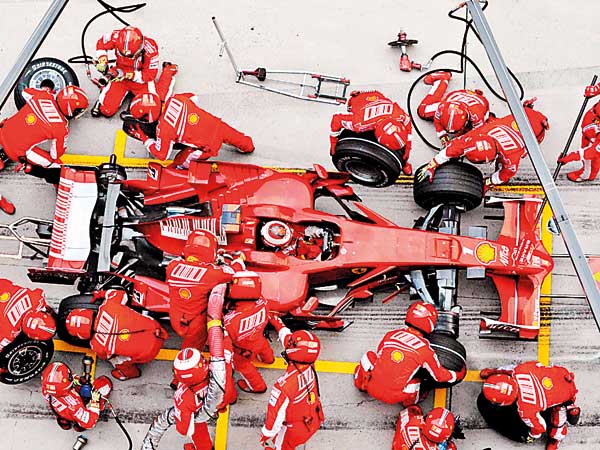25 May 2015 - {{hitsCtrl.values.hits}}

.jpg) While connected consumers are busy completely redefining how they engage with brands, marketers’ response has been iterative - a tweak here or there, with the latest being an emphasis on creating an eye-catching customer experience.
While connected consumers are busy completely redefining how they engage with brands, marketers’ response has been iterative - a tweak here or there, with the latest being an emphasis on creating an eye-catching customer experience.
26 Nov 2024 26 Nov 2024
26 Nov 2024 26 Nov 2024
26 Nov 2024 26 Nov 2024
26 Nov 2024 26 Nov 2024
26 Nov 2024 26 Nov 2024